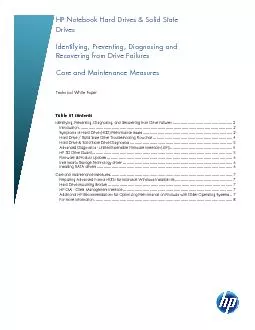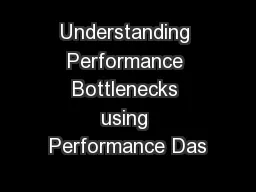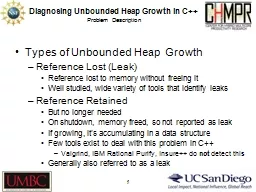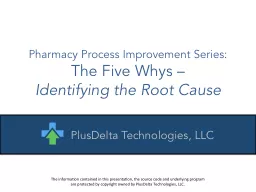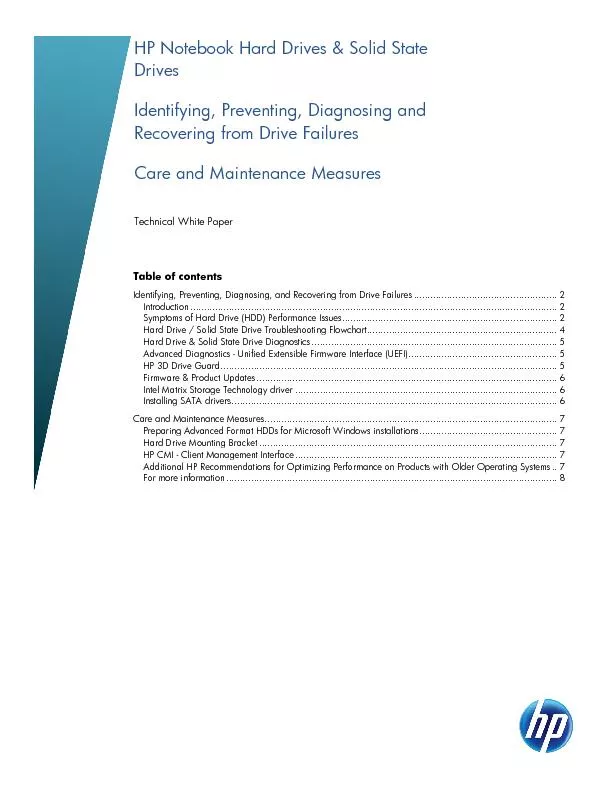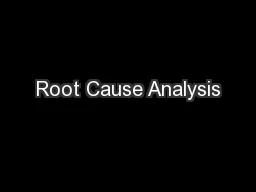PPT-Root Cause Analysis Identifying critical campaign challenges and diagnosing bottlenecks
Author : alyssa | Published Date : 2022-02-24
Root Cause Analysis Agenda Introduction to Root Cause Analysis RCA Keys steps for conducting root cause analyses Assessing potential impact and actionability
Presentation Embed Code
Download Presentation
Download Presentation The PPT/PDF document "Root Cause Analysis Identifying critical..." is the property of its rightful owner. Permission is granted to download and print the materials on this website for personal, non-commercial use only, and to display it on your personal computer provided you do not modify the materials and that you retain all copyright notices contained in the materials. By downloading content from our website, you accept the terms of this agreement.
Root Cause Analysis Identifying critical campaign challenges and diagnosing bottlenecks: Transcript
Download Rules Of Document
"Root Cause Analysis Identifying critical campaign challenges and diagnosing bottlenecks"The content belongs to its owner. You may download and print it for personal use, without modification, and keep all copyright notices. By downloading, you agree to these terms.
Related Documents



